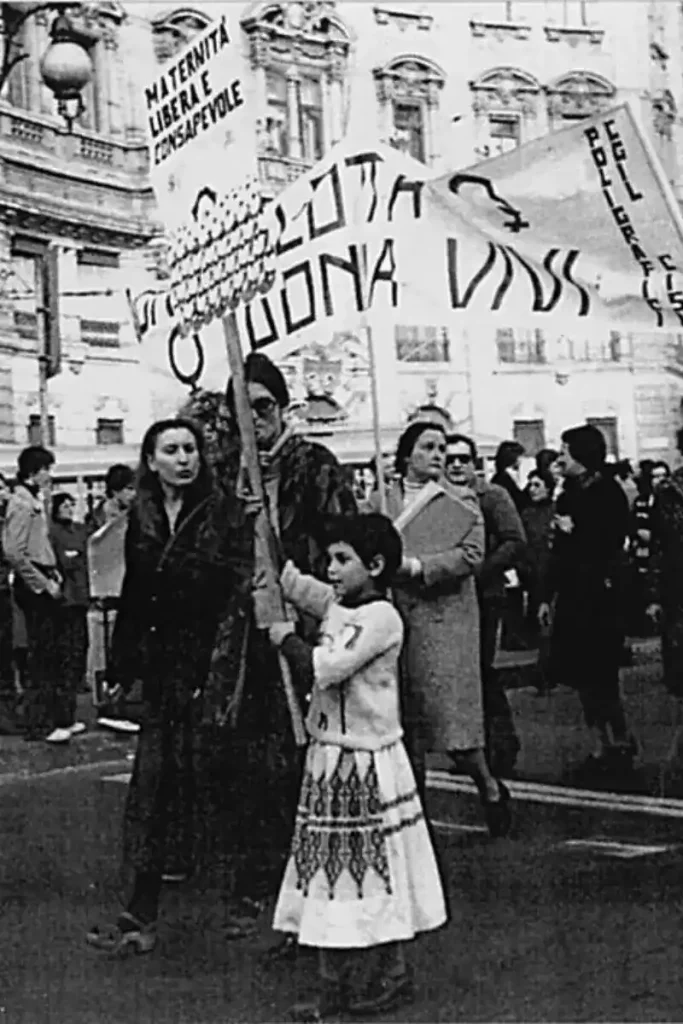Culture should be accessible to the community through wealth redistribution. This is the most leftist act to be demanded from those who have more while remaining within the boundaries of capitalism
The redundant, the necessary, and the lucky-ass factor
Limousine liberal, Champagne socialist, Radical chic, Gauche caviar – adjectives that wealthy leftists feel compelled to use to emphasize the tension between their political ideals and their socioeconomic standing. A contradiction that exists, and yet is sublimated by wealthy progressives into a feeling of obligation to society. These are Augustan poets and artists’ patrons: protectors and benefactors. Those who pledge to redistribute their money.
After all, this is precisely the most leftist act asked of those who have more. This allows them to remain within the perimeter of the capitalist game – or yoke. By shouldering the issue of redistribution with the aim of making culture accessible to the common consortium. One pivotal point remains, however: abandoning materialism. The issue of the “redundant” has always been at the heart of the communist compromise, which alternately proposes its replacement by the “necessary.” A pseudo-socialist simplification, a peace of light between capitalism and communism, which releases the bourgeoisie from the Bolshevik pillory. Making do with the “necessary” relieves the rich of their burden on society, provided there is sensibility.
Sensitivity and awareness of the impact of one’s wealth on the rest of the population. Not least because, it is fair to remember, the money supply is limited, and the fact that one part of the population has more access to it or at least more of it available, disadvantages the rest of the population, which in fact has to share all the rest of the pie. To shield this, right-wingers add “merit,” as if one’s wealth depended solely on abilities, knowingly ignoring the infamous “lucky-ass factor.”
A society that has time holds the power of imagination and time for reflection
Jacques Rancière wrote, «The idea of communism is to realize a sensible world, where all human capacities reach full development. Communism is the state in which the exercise of the human senses – material and spiritual – is an end in itself, no longer subject to the vulgarity of needs».
It sounds like a prophecy, that of the French philosopher, that conceals a liberating promise – an anchor to cling to to avoid the inexorable downfall of capitalism, which sees us as cogs in an unscrupulous system. The left has – or rather, would have – this card to play: reinterpreting technology not as a replacement for human labor, but as liberation from society’s burdens. Technology is the only emergency exit capitalism offers.
It is a mental and philosophical change that intends to rethink material needs and replace manual labor with machine labor. The reward? Individuals, who can reconnect with their biological needs for the benefit of the community. A society that has time is a society that possesses the power of imagination and time for reflection.
In the latest collections Prada seems to want to make a criticism of the working world
‘Sensible communism’ is in Prada’s DNA. As a billionaire communist, the Milanese Fashion Lady redistributes wealth with culture – filling gaps in uninspired municipal administrations.
In the latest collections Prada seems to want to critique the working world. Sets become speckled visions of dusty offices. Armchairs with wheels, movable walls, plywood desks. To this plastic representation of the nightmare of the average worker, AMO-the architectural firm led by Rem Koolhaas, who curates Prada’s shows-contrasts a natural landscape. «Unveiling the paradoxical dichotomy between these two coexisting worlds, the show explores the fundamental truths of humanity, our natural instincts, and our emotional needs», the statement says.
A plunge that is inaccessible but walkable. Because of the glass, viewers see nature, but do not feel it. A primal need that is interdicted on them, imprisoned in the bleak frame of their lives, drowned in the blackmail of a system that offers no escape. Underlying this furniture play, there is a simple statement: the human need to reclaim the world around them.

Miuccia Prada, a short biography – from activism to fashion. Can she call herself a communist?
Miuccia Prada studied at the Giovanni Berchet classical high school in Milan, graduating in 1971 in Political Science. These were the years of political protest and the future fashion designer joined the Communist Party, alternating student demonstrations with rehearsals at Milan’s Piccolo Teatro. From a young age she had to reconcile her sophisticated aesthetics with a soul with a marked political orientation; she marched in the streets for women’s rights, participated in marches and demonstrations. Her activism dialogue with her love of fashion; while her peers took to the streets wearing jeans, Miuccia Prada was in Saint Laurent.
«I always thought there were only two noble professions: politics and medicine. Making clothes was a nightmare for me. I was ashamed, but I did it anyway. The love of beautiful things prevailed», Miuccia Prada revealed to Vogue Italia. «I was involved in politics when I was young, and the subject continues to interest me. I was offered to run for office, but I don’t like the idea of the fashion designer lending himself to politics, which should be done full-time instead. Might change my profession in old age. Today for me working in the Foundation is doing political work, because it is doing culture», – she declared when interviewed by La Stampa in 2008.
Ugly Chic: a concept introduced by Prada in the early 2000s – praise of rough imperfection
As early as the early 2000s, Prada connoted Ugly Chic: it rejected traditional standards of beauty, opting for models that were deliberately unconventional and even ugly by common standards. An aesthetic that celebrated rough imperfection and challenged the idea that fashion should always be clean and pristine.
Miuccia Prada challenged unconscious desires through glorification of the anti, the against, and the ugly. She took what would be considered “out” and made it “in.” Miuccia Prada’s clothes are not always chic. They are not aseptic, elegant, or attractive. Yet they create desire. Her clothes speak of discomfort – aesthetic, ideological, and ephemeral at the same time. Ephemeral because Prada’s ugliness this season becomes the new beauty. Her shifting aesthetics and erogenous zones influence fellow designers and large retailers, and sometimes impact popular culture.
Miuccia Prada through Fondazione Prada fills gaps in contemporary art in Milan
Milan continues to enjoy a vibrant art scene supported by private galleries and collectors, but it seems unable to consolidate its position as the capital of contemporary art. Complicated by a cultural policy accused of being ineffective, Milan can hardly compete with other European art capitals-Berlin, London, Paris – which seem to enjoy increased investment and institutional support in the sector; but also with other Italian cities, Turin and Rome. Fondazione Prada is an attempt, successful, to make up for the lack of an internationally significant contemporary art museum in Milan.
Miuccia Prada gives back to society through culture, establishing Fondazione Prada in 1993. Since the redevelopment of Largo Isarco, the Foundation’s headquarters were inaugurated in 2015. The project, led by OMA’s Rem Koolhaas, includes the renovation of warehouses, laboratories and fermentation silos, part of an old 19th-century gin distillery. It also includes three adjacent buildings. The entire complex covers 19,000 m2, of which 11,000 m2 is for exhibitions. The Milan location includes seven pre-existing buildings and three newly constructed structures: the Podium, a space for temporary exhibitions; Cinema, a multimedia auditorium; and the Tower, added in 2018, which is 60 meters high and made of exposed structural white concrete. The other two Fondazione Prada venues are the Fondazione Prada Observatory in Galleria Vittorio Emanuele II, a space dedicated to photography. In addition, there is Ca’ Corner della Regina in Venice.
Prada Foundation, the collaboration with Germano Celant
Fondazione Prada’s cultural proposal is in line with Miuccia Prada’s alternative dimension. Germano Celant was from 1995 to 2014 Artistic Director and from 2015 Artistic and Scientific Superintendent of Fondazione Prada. He conceived and curated more than forty exhibition projects, from the Michael Heizer solo show in 1996 to the retrospective dedicated to Jannis Kounellis in 2019. A promoter of Arte Povera, an art movement of the 1960s and 1970s, Germano Celant experimented with unconventional materials and processes. He challenged traditional concepts of art and materiality.
Miuccia Prada formalized her role as director of the Prada Foundation
Last September 2023, Miuccia Prada formalized her role as Director of the Foundation. She reaffirmed her direct commitment to present and future projects, as with past ones. As Miuccia Prada stated, «from the beginning through the activities of the Foundation I wanted to address the investigation of human culture in its variety and complexity. Throughout these thirty years I have questioned how artistic and intellectual research can affect people’s lives. Seeking ever more current answers to this question is the fundamental purpose I have set for myself with the Foundation».
A Steering Committee, which will work closely with President and Director Miuccia Prada, and the Foundation’s internal working group, will be integrated into the institutional structure. This will enable it to dive more deeply into the most relevant issues of the present and explore emerging questions about our future.



















